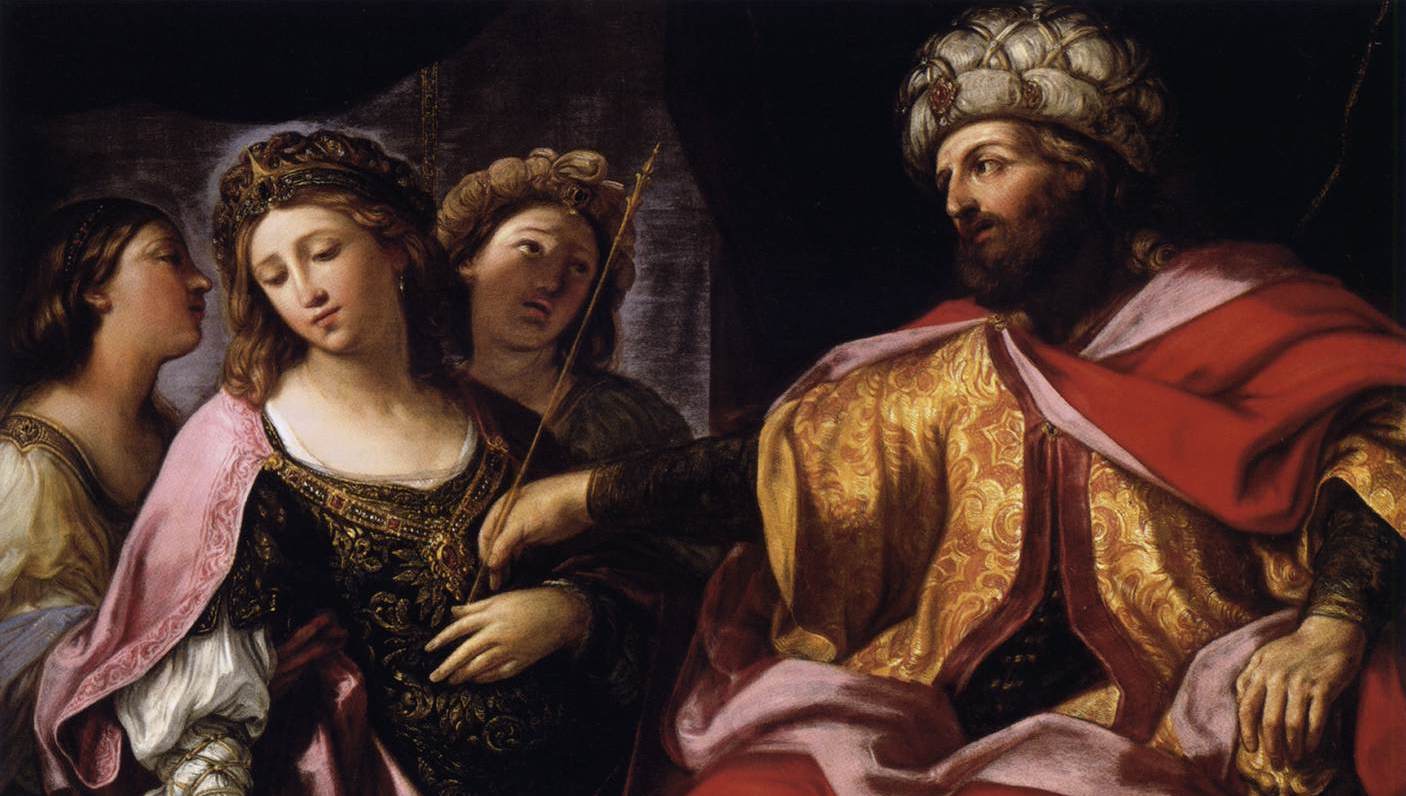A day of fasting from sunrise to sunset is supposed to be observed on the day before Purim (Adar 13). It ostensibly commemorates the fast Mordecai and Esther endured, which Esther instituted among all the Jews, prior to her visit to the king (Esther 4:16). In keeping with Judaism’s system of measure-for-measure reward and punishment, it is the flip side of feasting in celebration of Purim’s outcome: denying pleasure to the body appropriately atones for the transgressions committed by the Jews when they shamelessly indulged their bodies during King Ahasuerus’ banquet.
Fasting was also commonly practiced among Jews whenever they prepared for battle (as with the Persians who had been instructed to massacre them), in remembrance that their strength and victory would come from God.
The fast on Adar 13 became the custom well after other observances were adopted for Purim, possibly as an adaptation of the periodic Monday and Thursday fasts the Jews followed. While it carries less obligation than the fasts ordained in the Tanach[the Hebrew Bible] and others in the Talmud, some Jews , particularly the Persian (Iranian) Jews, have kept it as faithfully, reciting special selichot (penitential) prayers and selections of Torah recited on all other fast days. [The same is true for traditional Jews outside of Iran as well.]
Excerpted with permission from Celebrate! The Complete Jewish Holiday Handbook (Jason Aronson Inc.).
With your help, My Jewish Learning can provide endless opportunities for learning, connection and discovery.
Adar
Pronounced: uh-DAHR, Origin: Hebrew, Jewish month usually coinciding with February-March.
Purim
Pronounced: PUR-im, the Feast of Lots, Origin: Hebrew, a joyous holiday that recounts the saving of the Jews from a threatened massacre during the Persian period.
Torah
Pronunced: TORE-uh, Origin: Hebrew, the Five Books of Moses.
Tanach
Pronounced: tah-NAKH, Origin: Hebrew, Hebrew Bible (an acronym for Torah, Nevi'im and Ketuvim, or the Torah, Prophets and Writings).



